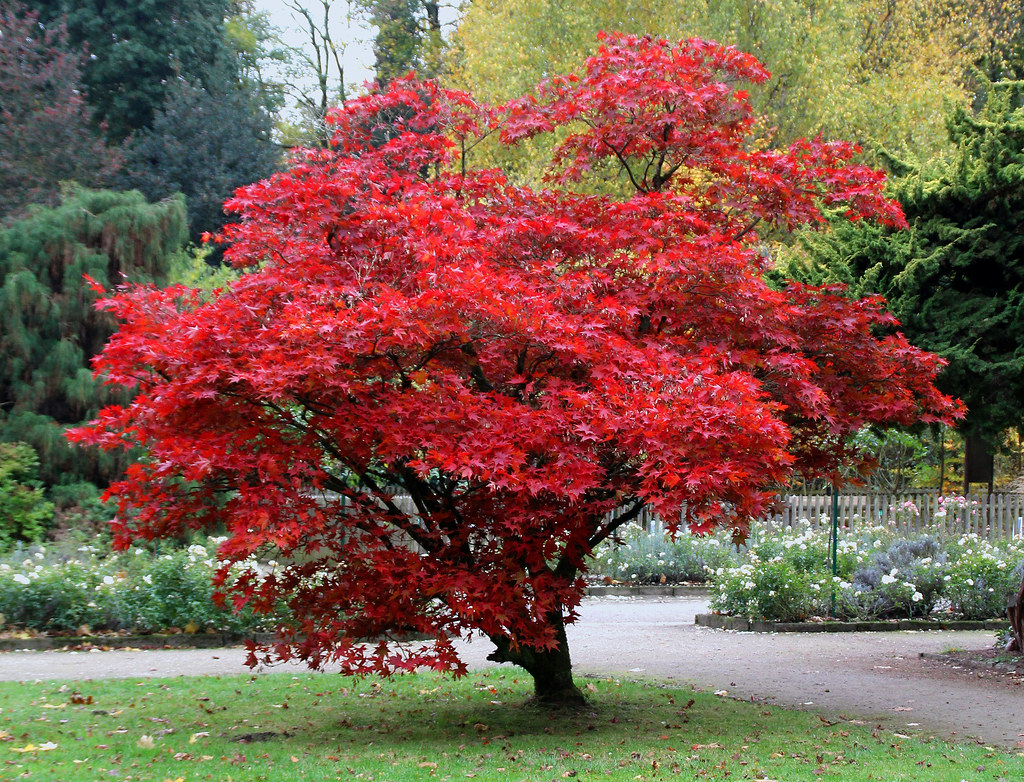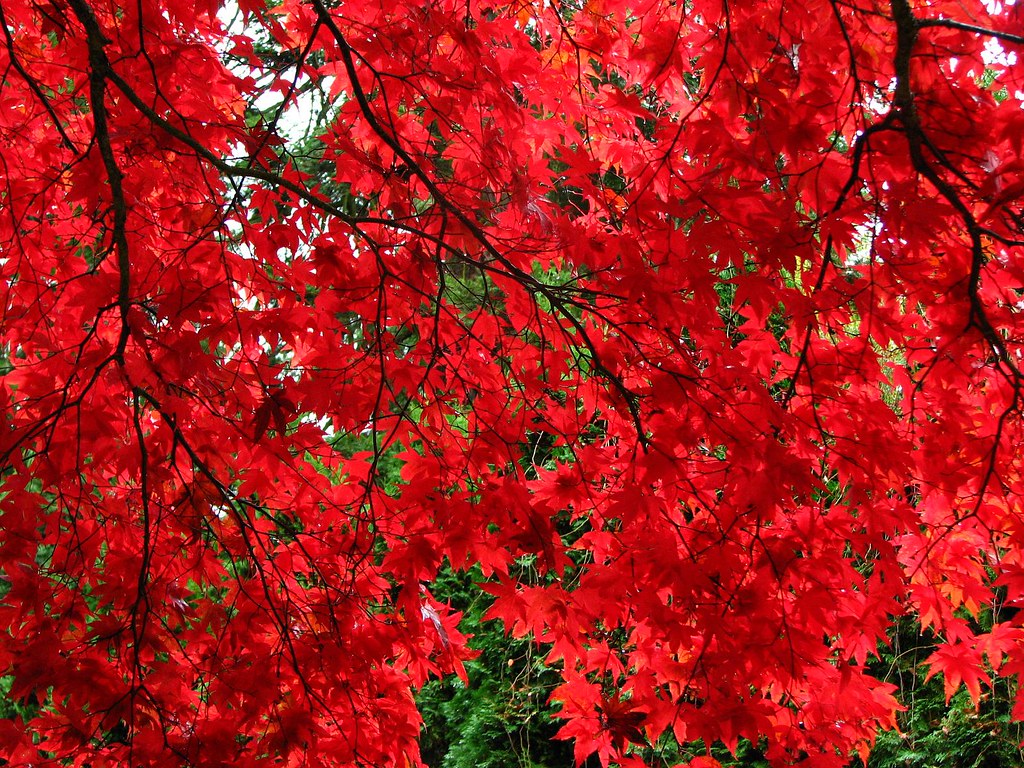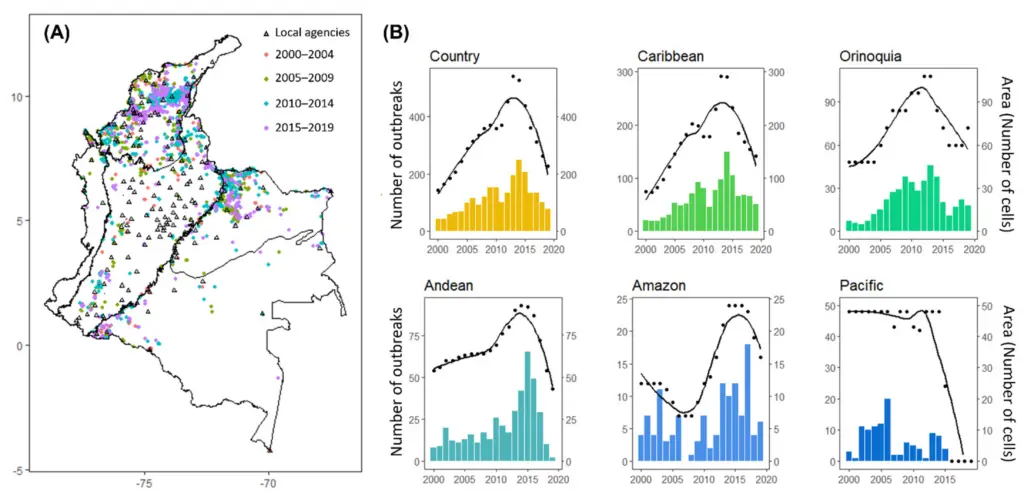Selecting the best maple tree for your front yard landscaping is crucial to creating a captivating outdoor space. In this comprehensive guide, we will explore various maple tree options, including Japanese maple, silver maple, and Korean maples, among other maple varieties, to enhance the aesthetics of your front yard.
When it comes to enhancing the aesthetics of your front yard, few things can rival the timeless beauty of maple trees. Their vibrant foliage, striking shapes, and adaptability make them a popular choice for homeowners looking to add charm and character to their outdoor spaces.
In this comprehensive guide, we’ll explore the best maple tree varieties to consider for your front yard, each with its unique characteristics that can make your home stand out.
Key Considerations for Front Yard Trees
When choosing a maple tree for your front yard, consider the size and space requirements to ensure it complements your property. Look for maple species with shallow roots to avoid damage to nearby structures. Additionally, select trees with leaves that can withstand high winds, making silver maple a resilient option for front yard landscaping.
The Top Choices for Maple Trees
1. Sugar Maple (Acer saccharum)
Sugar maple is one of the most popular trees for syrup production. It’s also a beautiful shade tree with stunning fall foliage. Here are some sugar maple facts to help you learn more about this amazing tree!
The sugar maple is a deciduous tree that can grow up to 100 feet tall. It has dark green leaves that turn yellow, orange, and red in the fall. The sugar Maple is native to eastern North America and prefers moist, well-drained soils.
The sugar content in the sap of the sugar maple is highest in early spring before the leaves emerge. To tap a sugar maple, drill a small hole into the trunk and insert a spout. Sap will drip from the spout and can be collected in buckets or bags.
It takes about 40 gallons of sap to make 1 gallon of syrup! If you’re interested in making your own syrup, check out our blog post on how to make Maple Syrup at home!
Description and Characteristics:
The majestic Sugar Maple (Acer saccharum) stands out with its beautiful fall foliage, ranging from vibrant yellow to fiery orange and deep red. It’s known for its height and width at maturity, making it an excellent shade-providing choice for your front yard.
Benefits of Front Yard Landscaping:
The Sugar Maple’s dense canopy and stunning colors make it an attractive addition to any front yard landscape. Its fast-growing nature ensures quick establishment.
Considerations for Maintenance and Growth:
Proper maintenance, including pruning and care, is essential to keep the Sugar Maple healthy and thriving in your front yard.
2. Norway Maple (Acer platanoides)
Description and Characteristics:
The Norway Maple (Acer platanoides) is a hardy and adaptable tree that can thrive in various soil conditions. Its broad leaves create a lush appearance in the front yard.
Suitability for Front Yard Landscaping:
Norway Maples are low-maintenance and can withstand different weather conditions, making them a popular choice for front yards.
Potential Invasive Concerns and Local Regulations:
Before planting the Norway Maple, ensure it is not considered invasive in your region and check local regulations.
3. Red Maple (Acer rubrum)
Description and Characteristics:
The fast-growing Red Maple (Acer rubrum) boasts striking red foliage in the fall, adding a burst of color to your front yard.
Advantages for Front Yard Use:
The Red Maple’s rapid growth and vibrant colors make it an excellent choice for creating a visually appealing front yard.
Soil Conditions and Pruning Requirements:
Red Maples adapt well to various soil types and require minimal pruning, making them convenient for homeowners.
4. Crimson King Maple Tree
The Crimson King Maple tree is a beautiful and regal sight to behold. Standing tall and proud, with its crimson leaves waving in the wind, it is truly a king among trees. But what makes this tree so special?
For starters, the Crimson King Maple is one of the largest maples out there. It can grow up to 80 feet tall and 50 feet wide, making it a real statement piece in any garden or landscape. But its size isn’t the only thing that sets it apart – its striking crimson leaves are what really make it stand out from the crowd.
These leaves are unlike any other maple – they don’t change color in fall like most other maples do. Instead, they keep their deep red hue all year round. This means that when everyone else’s trees are bare and brown in winter, the Crimson King Maple is still looking vibrant and alive.
If you’re looking for a tree that will really make an impact in your garden, then the Crimson King Maple is definitely one to consider. With its impressive size and stunning foliage, it’s sure to be a real showstopper!
Description and Distinctive Features:
The Crimson King Maple’s (Acer platanoides) regal appearance and crimson-colored leaves make it a stunning focal point in any front yard.
Impressive Size and Visual Impact in the Garden:
With its impressive height and width, the Crimson King Maple creates a commanding presence in your front yard landscape.
Year-Round Vibrant Crimson Foliage:
Unlike other maples, the Crimson King retains its deep red hue all year round, making it a standout tree in any season.
Is Maple Tree Good for Front Yard?
When it comes to choosing trees for your front yard, there are a few things you need to take into account. The first is the size of the tree – you don’t want something that’s going to dwarf your house or block out all the light. Maple trees are a good option here, as they grow to a moderate height and have a relatively small footprint.
Another important consideration is the tree’s leaf type. If you live in an area with high winds, you’ll want to avoid trees with large, heavy leaves that are more likely to be blown off in a storm. Maple leaves are relatively small and lightweight, so they won’t cause too much damage if they do come loose in a windy situation.
Finally, you need to think about the tree’s overall appearance. Do you want something that will provide year-round interest, or are you okay with a tree that looks its best in just one season? Maple trees offer beautiful fall foliage, so if that’s what you’re after then they could be a good choice for your front yard.
What is the Prettiest Maple Tree?
There are many maple tree species and cultivars that can be considered “pretty.” It really depends on what you’re looking for in a tree. Some people prefer the more traditional look of the red maple (Acer rubrum), while others might find the sugar maple (Acer saccharum) to be more attractive.
There are also newer cultivars, like ‘ Autumn Blaze Red Maple’ or ‘Crimson King Maple,’ which have been bred for their striking fall foliage colors. So, it really just comes down to personal preference!
Best Maple Tree for Fall Color
Looking to add some stunning fall color to your yard? Then you need to plant a maple tree! Maple trees are known for their beautiful autumn leaves, which can range in color from yellow to orange to red.
But with so many different types of maple trees out there, it can be tricky to choose the best one for your needs. Here’s a guide to help you select the best maple tree for fall color in your area: If you live in the northern United States or Canada, then you’ll want to choose a sugar maple (Acer saccharum) for its brilliant orange and red leaves.
Sugar maples are also one of the most popular types of maple syrup-producing trees, so you can enjoy that sweet treat all winter long! For those in the mid-Atlantic region of the U.S., the red maple (Acer rubrum) is a great choice. These maples have bright red leaves that make them stand out against other fall foliage.
Red maples are also relatively fast-growing, so you won’t have to wait too long before enjoying their colorful display each autumn. In the southern United States, two good choices for fall color are the Florida Maple (Acer floridanum) and the Southern Sugar Maple (Acer barbatum). Both of these species have lovely yellow leaves that provide a gorgeous contrast against green plants and trees.
The Florida Maple is also salt tolerant, making it a good option if you live near the coast. No matter what type of maple tree you choose, be sure to give it plenty of room to grow since it can reach heights of 50 feet or more. Maples also prefer well-drained soil and full sun exposure, so keep that in mind when selecting a planting spot in your yard.
With just a little bit of care, your new maple tree will provide years of beautiful fall color for your enjoyment!
Red Maple Tree
Red Maple Tree (Acer rubrum) – Characteristics and Care:
The Red Maple, among other maple varieties, is a versatile and striking choice, with its rapid growth and brilliant red leaves in the fall.
The red maple tree is one of the most common trees in North America. It is a deciduous tree, meaning it loses its leaves in the fall. The red maple can grow to be quite large, up to 100 feet tall!
The leaves of the red maple are, as you might guess, red. They turn this color in the fall and are very pretty. The bark of the red maple is also red, but it is smooth and does not have any ridges like some other types of trees.
The wood of the red maple is light brown and is often used for furniture or flooring. Red maples are relatively easy to care for and they are tolerant of various soil types and pH levels. They prefer full sun but can also tolerate partial shade.
Red maples need to be watered regularly, especially when they are young. Once they are established, they can withstand periods of drought better than many other trees. Red maples do not require pruning unless you want to shape them or remove damaged branches.
If you are looking for a beautiful tree that is easy to care for, the red maple is a great choice!
Black Maple Tree
Black Maple Tree (Acer nigrum) – Native Species and Uses:
The Black Maple, along with other maple varieties, is an attractive option, featuring dark leaves and wood prized for furniture-making and woodworking projects.
The black maple tree is a species of maple that is native to North America. The tree gets its name from the dark color of its leaves and bark. The black maple is a large tree, reaching up to 100 feet tall and 75 feet wide.
The leaves of the black maple are 3-6 inches long and 2-4 inches wide. They are dark green in color with three lobes. The flowers of the black maple are small and green, growing in clusters on the branches.
The fruit of the black maple is a two-seeded winged samara, which hangs down from the branches in late summer or early fall.
The wood of the black maple is hard and heavy, making it prized for furniture making and other woodworking projects. The tree also produces a syrup that is similar to sugar cane syrup or molasses.
Black Maple syrup has a high sugar content and is used as a sweetener or flavoring agent in many foods.
Maple Trees for Sale: Tips for Planting and Care
Looking for a maple tree to add to your landscape? Here are some tips on finding maple trees for sale. When you’re looking for maple trees for sale, it’s important to find a reputable nursery or tree farm.
- Selecting a Healthy Maple Tree: When purchasing a maple tree, look for healthy specimens with strong roots and check for any signs of disease or damage.
- Planting Considerations for Optimal Growth: Plant your maple tree in a location with full sun exposure and well-drained soil, considering the specific needs of each maple variety.
- Mulching and Watering Guidelines: After planting, apply mulch to retain moisture and control weeds. Regular watering is essential, especially during the initial growth phase.
- Check online reviews and ask around for recommendations. Once you’ve found a few good options, compare prices and selection. Maple trees can range in price from $25 to $100 or more, depending on the size and type of tree.
- Some common varieties include Norway maples, sugar maples, and red maples. Be sure to select a healthy tree with strong roots that’s been properly cared for. Once you’ve found the perfect maple tree, it’s time to plant!
Follow these tips to ensure success: - Choose a location that gets full sun and has well-drained soil. – Dig a hole twice as wide as the root ball and just deep enough so the roots can spread out evenly.
- Gently remove the tree from its container or burlap wrapping, being careful not to damage the roots.
- Place the tree in the hole, backfill with soil, and water well.
- Apply mulch around the base of the tree to help retain moisture and control weeds.
Frequently Asked Questions:
Which maple tree is best for front yard?
The best maple tree for your front yard depends on factors like climate and space, but some popular options include Sugar Maple, Red Maple, Japanese Maple, and Amur Maple.
Which tree is best infront of house?
The best tree for in front of your house depends on factors like your location and space, but options often include Flowering Dogwood, Crepe Myrtle, Japanese Maple, Magnolia, Eastern Redbud, Cherry Blossom, American Elm, Oak, Linden, and certain Maples.
Which maple tree is the most beautiful?
Beauty is subjective, but the Japanese Maple (Acer palmatum) is often considered one of the most beautiful maple trees due to its stunning foliage and elegant form.
Key Takeaways
Selecting the best maple tree, whether Japanese maple, silver maple, or other maple varieties, will undoubtedly elevate the aesthetics of your front yard. Consider the unique features and growth requirements of each maple tree to make an informed decision. With proper care and maintenance, these ornamental trees will transform your front yard into a stunning landscape that brings joy and admiration year after year.







 Dr Ahsanur Rahman, PHD
Dr Ahsanur Rahman, PHD


